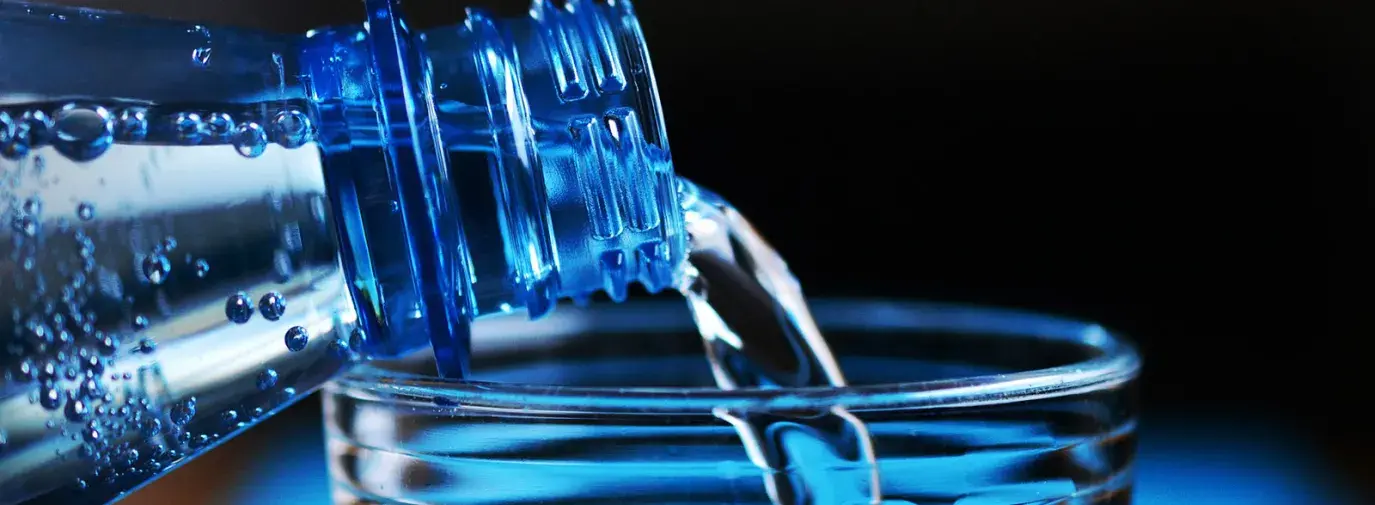
First time here? Check out the most recent and updated version of this article: Bottled Water VS. Tap.
It seems like the demand for bottled water in the US will never run dry. In 2015, the equivalent of 88.4 billion bottles of water were sold in the US (equivalent because of different-sized bottles). When we first published with story, we reported 2005's record-high use of 29.8 billion bottles in a year vs. 3.8 billion in 1997. Container Recycling Institute (CRI). That enormous rise in bottled water consumption wasn’t just more expensive for consumers—the Container Recycling Institute says those consumers pay 240 to 10,000 times more for bottled water than tap. That water also comes with hefty social and environmental costs.
Here’s why bottled water isn’t worth the price many pay for it
No safer: A four-year study conducted by the nonprofit National Resources Defense Council (NRDC) in 1999 found that “bottled water regulations are inadequate to assure consumers of either purity or safety.” Bottled water is regulated by the Food and Drug Administration (FDA), while the Environmental Protection Agency (EPA) oversees tap water standards. FDA testing for bottled water is more lax than EPA testing for public water—tests are conducted less often, and for fewer contaminants. For example, the FDA does not mandate testing of bottled water for cryptosporidium, a parasite that poses a serious health threat to those with weakened immune systems and the elderly. Tap water is regularly tested for cryptosporidium. The NRDC study authors also tested 1,000 bottled water samples from 103 brands, and found that one-third contained contaminants that exceeded FDA-mandated levels.
Not always from a pristine source: The NRDC found that one-fourth of bottled water is actually just tap water, with or without extra filtration (labeled “from a municipal source.”) FDA rules allow bottlers to label their water “spring water,” even though it may be treated with chemicals or mechanically pumped to the surface. And there’s no guarantee that the spring itself is a pure one: One brand of spring water traced to its source by the NRDC came from a spring that bubbled up into an industrial parking lot, adjacent to a hazardous waste site.
Worse for the environment: The production and transport of bottled water unnecessarily uses large amounts of fossil fuels. (Fiji-brand water, for example, is transported to the US from Fiji, over 6,000 miles away.) And the plastic water bottles Americans use and toss in one year use up more than 47 million gallons of oil, the equivalent of taking 100,000 cars off the road and removing 1 billion pounds of carbon dioxide from the atmosphere, says the CRI. Sadly, about 84 percent of those bottles aren’t even recycled.
Bad for human rights: Today, more than one billion people do not have access to safe drinking water. Bottled water corporations are exacerbating the world water crisis by privatizing aquifers around the world and pumping them dry. For example, Nestlé has been criticized by activists for heavy water extraction in areas of Pakistan that suffer from severe public water shortages. For more on how specific bottled water companies affect communities—and how to join consumer campaigns fighting this practice—visit ourResponsibleShopper.org database.







